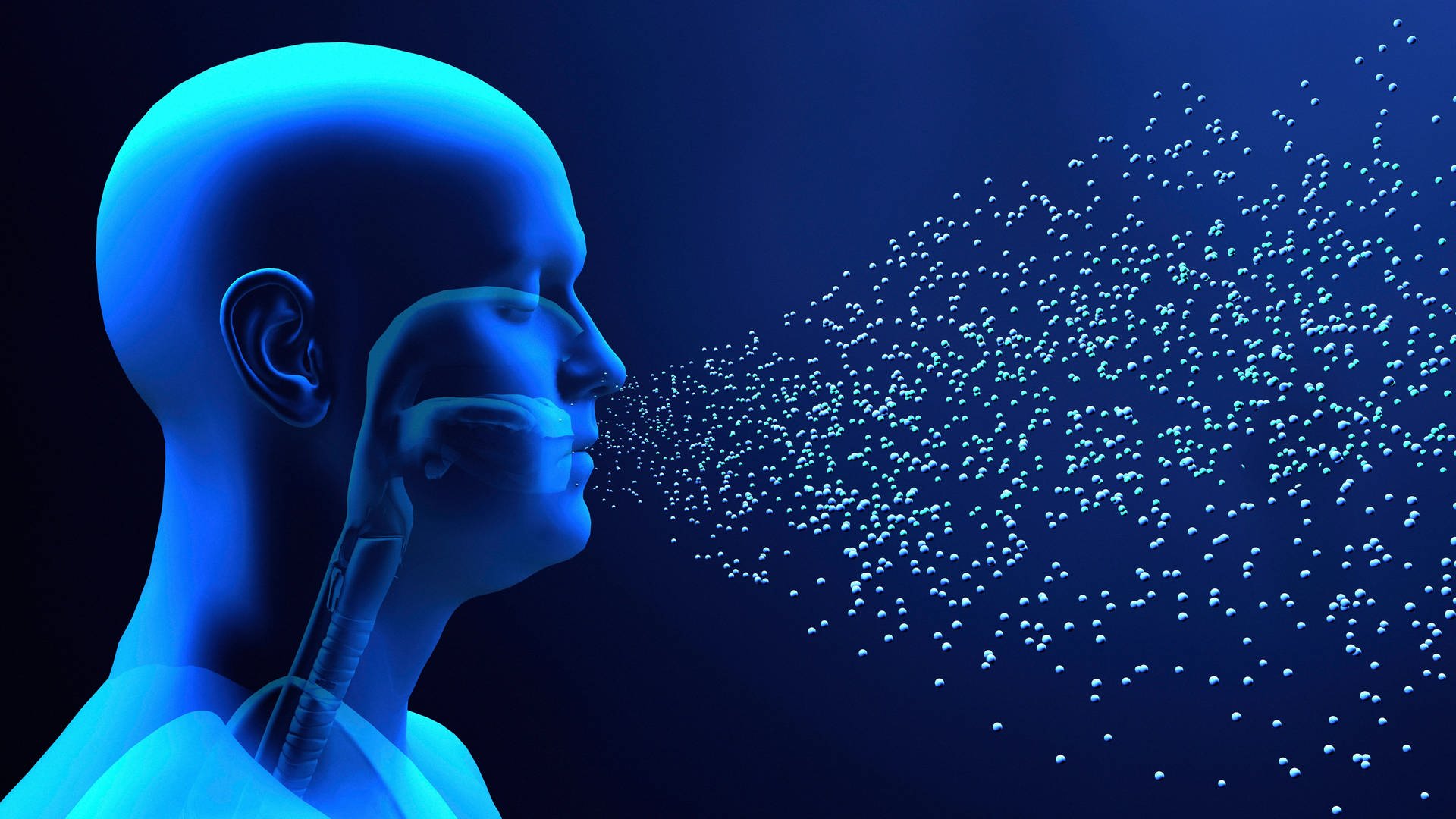Japanese researchers have used a supercomputer to simulate how aerosols spread in closed indoor spaces.
What was less important in summer will be more in focus in the fall: Protection from indoor aerosols. As Japanese scientists from the Riken Research Institute and the University of Kobe have now discovered, there are other factors to consider besides wearing a mouth and nose protector.
With the help of a supercomputer they have carried out simulations with different factors. For example, they took into account the humidity and the arrangement of people in the room. But different types of mouth-nose masks were also tested.
The results are: If the moisture content in the air falls below 30 percent, the risk of infection is already twice as high compared to a humidity of 60 percent. But according to the researchers, the optimum level of humidity alone is not enough to completely eliminate the risk of aerosols.
— Hector Pascua, Source: oe24.at. Picture: screenshot, swr.de
This post has already been read 1451 times!



